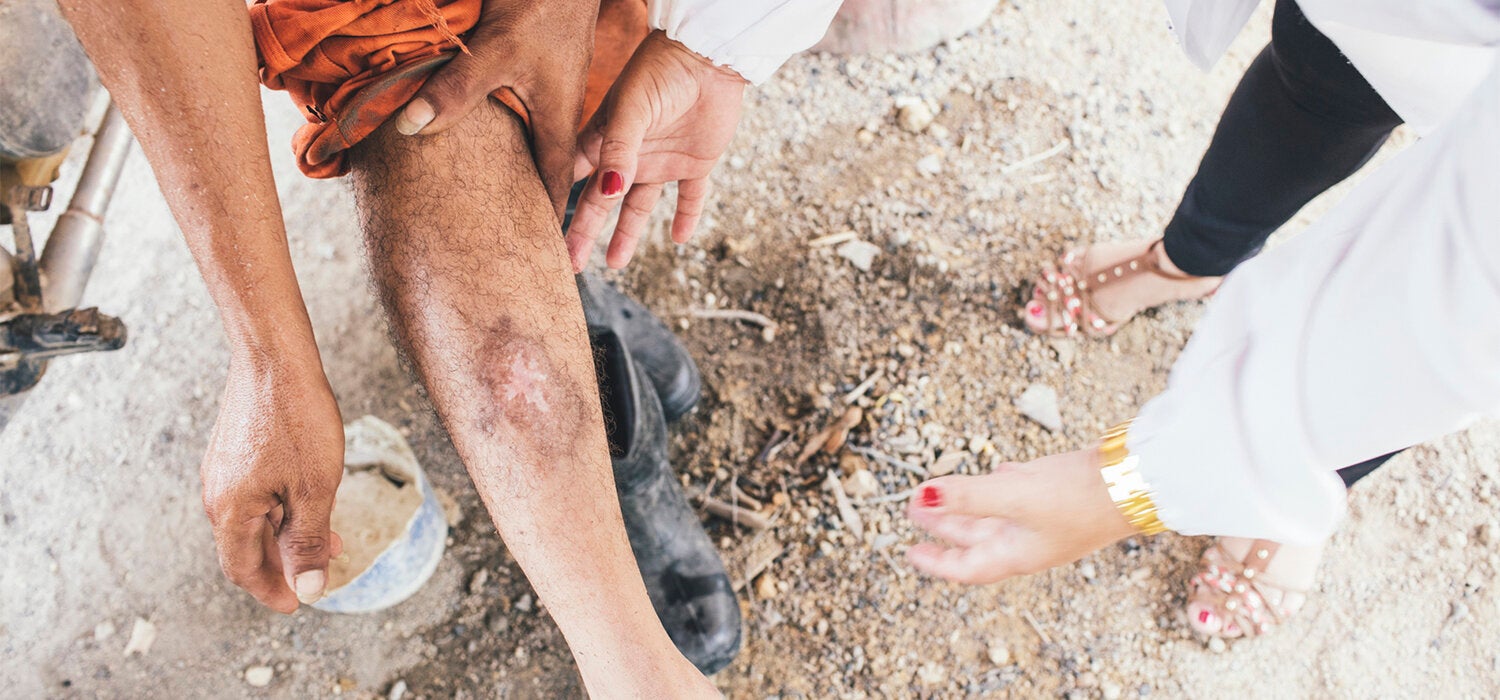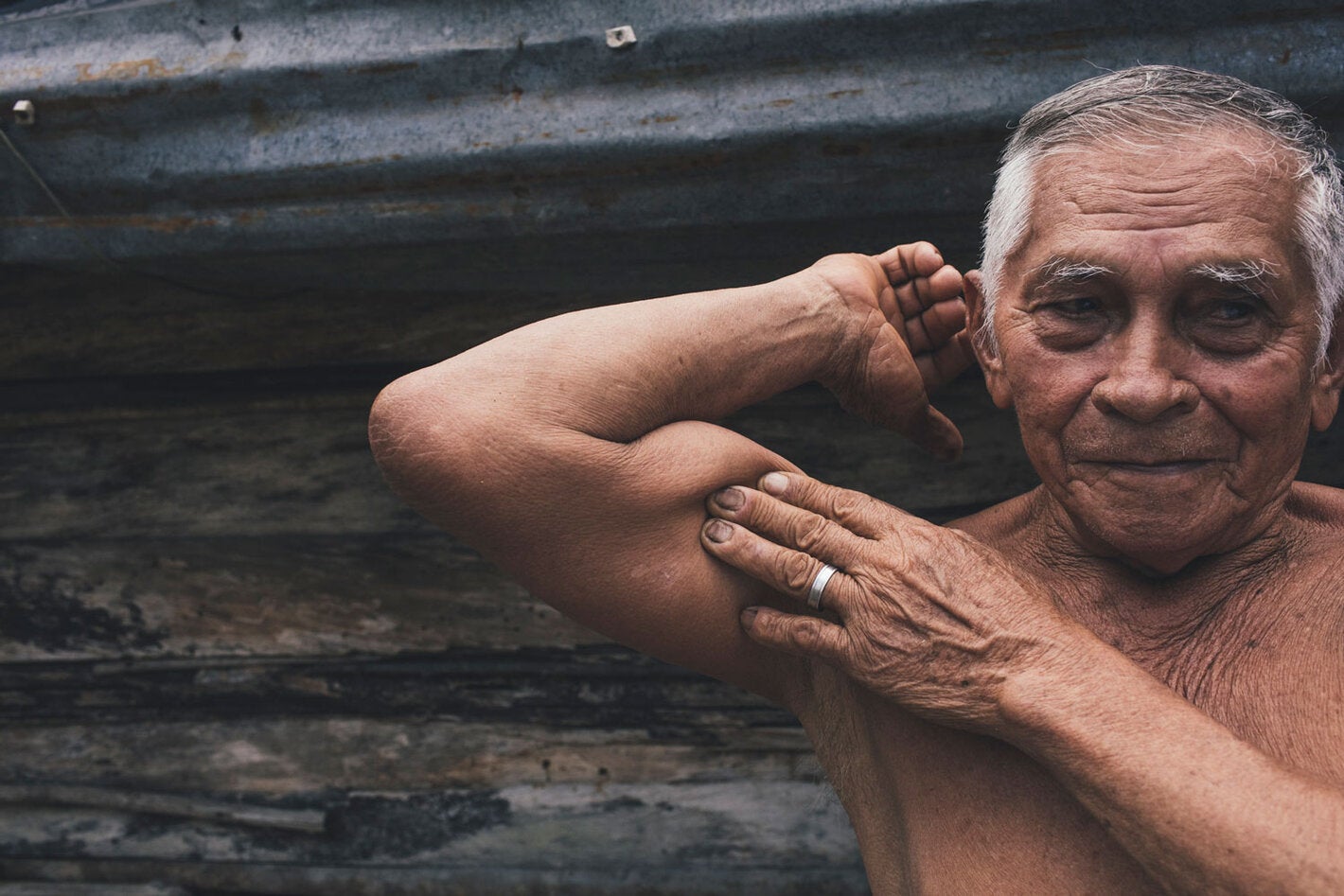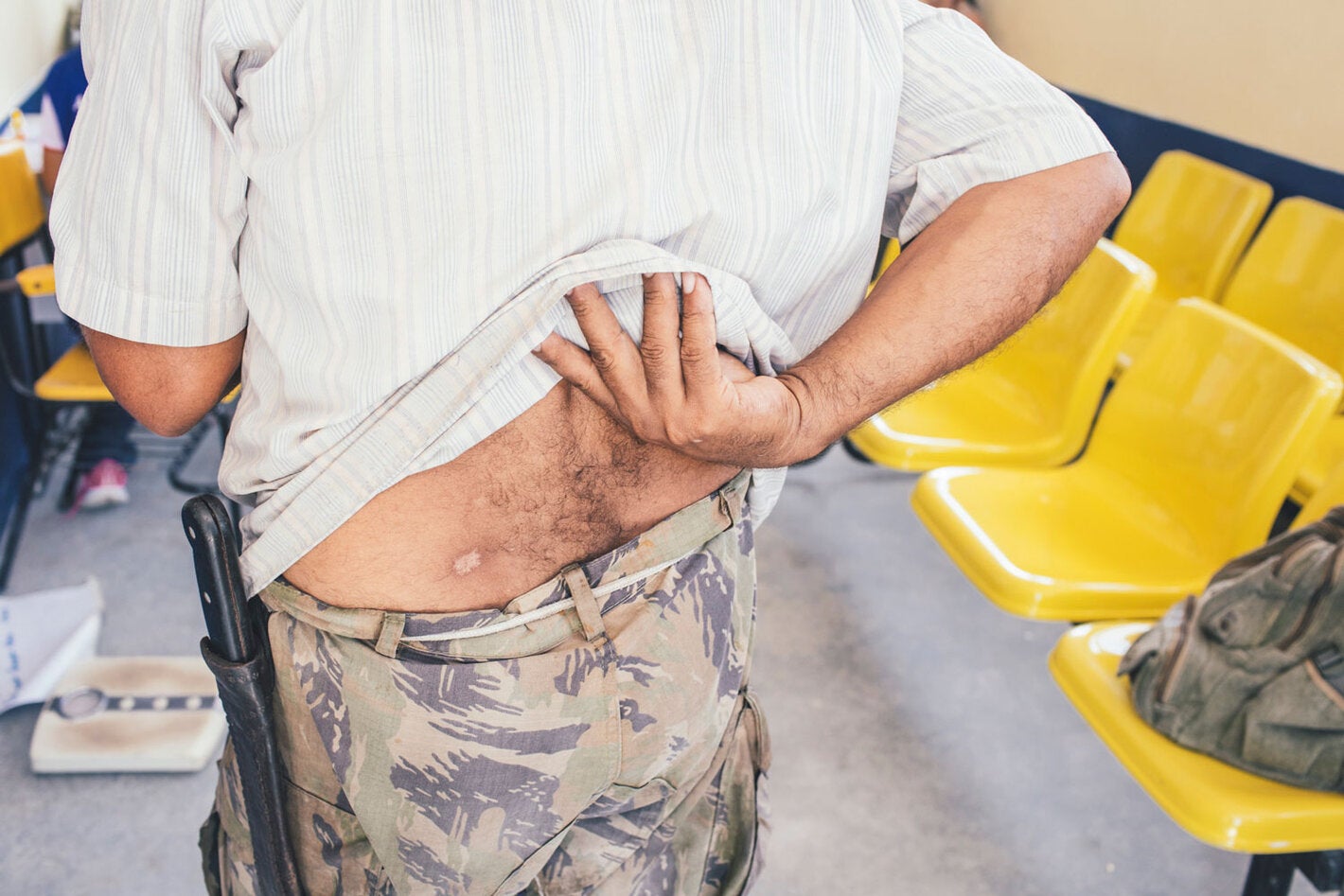A major triumph in efforts to combat leishmaniasis was achieved in 2013 with the implementation of SisLeish. That year, for the first time, the Americas had a system that allows for searching for and consolidating homogeneous, comparable, high-quality data on leishmaniasis, providing health professionals and facilitators with the epidemiologic information and analyses needed for understanding the status of the disease in the Americas, sharing information, and enabling the countries to conduct joint control activities.
SisLeish helps facilitate individual and comparative analyses of leishmaniasis at different geographic levels and allows for periodic tracking of cases. These analytical studies have proven valuable for formulating methodology proposals and generating an adjusted stratification of the areas at risk. To date, a total of 17 countries, with the exception of French Guyana that reports directly to France, have joined the system and thus facilitated the approach, analysis, and dissemination of leishmaniasis in the country and region.
Mexico’s experience with cutaneous, mucosal (mucocutaneous) leishmaniasis is particularly notable. Between 2009 and 2012, the state of Oaxaca reported an up to 26-fold increase in the number of new leishmaniasis cases. In response, Mexico orchestrated a social mobilization campaign that focused on creating awareness about the importance of timely diagnosis and treatment of new cases, training of health unit medical personnel, and efforts to increase the population’s knowledge about the disease as well as its social stigma. The intervention reached the community of Matías Romero, the state’s most heavily affected municipality, in the form of an intensive leishmaniasis campaign, in which education and health officials, along with the media, transmitted messages on leishmaniasis aimed at the general public.
As a result of the campaign, which took place May 27–31, 2013, nearly 100 people with probable cases of leishmaniasis visited PHC facilities; 60 blood and tissue samples were taken; and 160 health workers were trained. The samples identified 30 cases of cutaneous leishmaniasis, and all cases received treatment. “Some lesions in cutaneous and mucosal leishmaniasis extend to the nose or mouth, and the cartilage disintegrates until a cavity is formed; these people suffer greatly from the disfigurement and the stigma associated with it, covering their faces with handkerchiefs. With early diagnosis and treatment, this does not need to happen,” explained Ana Nilce Elkhoury, PAHO/WHO Regional Advisor on Leishmaniasis.
Colombia’s efforts to combat visceral leishmaniasis are another model for fighting the disease in and around cities, where it is increasingly common as a result of the insect that disseminates it adapting to the urban environment, and the presence of infected dogs inside and outside of dwellings.
In May 2012, seven cases of visceral leishmaniasis were found in the municipality of Neiva (department of Huila), a location distinctive for harboring some 25,000 stray dogs. After the outbreak was detected, the national authorities, with the support of PAHO/WHO, led an investigation of the focus, defined the risk zone, and determined what actions to take. These efforts confirmed that the disease had been present in the infected individuals for an average of 17 months. The disease can be fatal if not treated in time; in this case the patients suffered from fever, enlarged livers and spleens, prostration, and diarrhea. All sick individuals were hospitalized and given proper treatment. Despite the complications and strong side effects of the treatment, the patients did well, were monitored for their medical progress, and, over the following months, were cured.
In the 2012 outbreak, 72% of cases involved women living in houses with precarious conditions, such as crowding, lack of water, and lack of garbage disposal services. To help solve these problems, traps were set to catch the vector. In addition, more than 1,000 canine blood samples were collected in the area, of which 4% proved positive for visceral leishmaniasis. These strategies were complemented with vector control efforts that employed insecticides, pruning of shrubs, removal of organic material, and activities to help educate the community about the disease and how to prevent it.
Thanks to this comprehensive package of measures, and the active participation of the population of Neiva, the outbreak was controlled and no new cases emerged in the following year.



